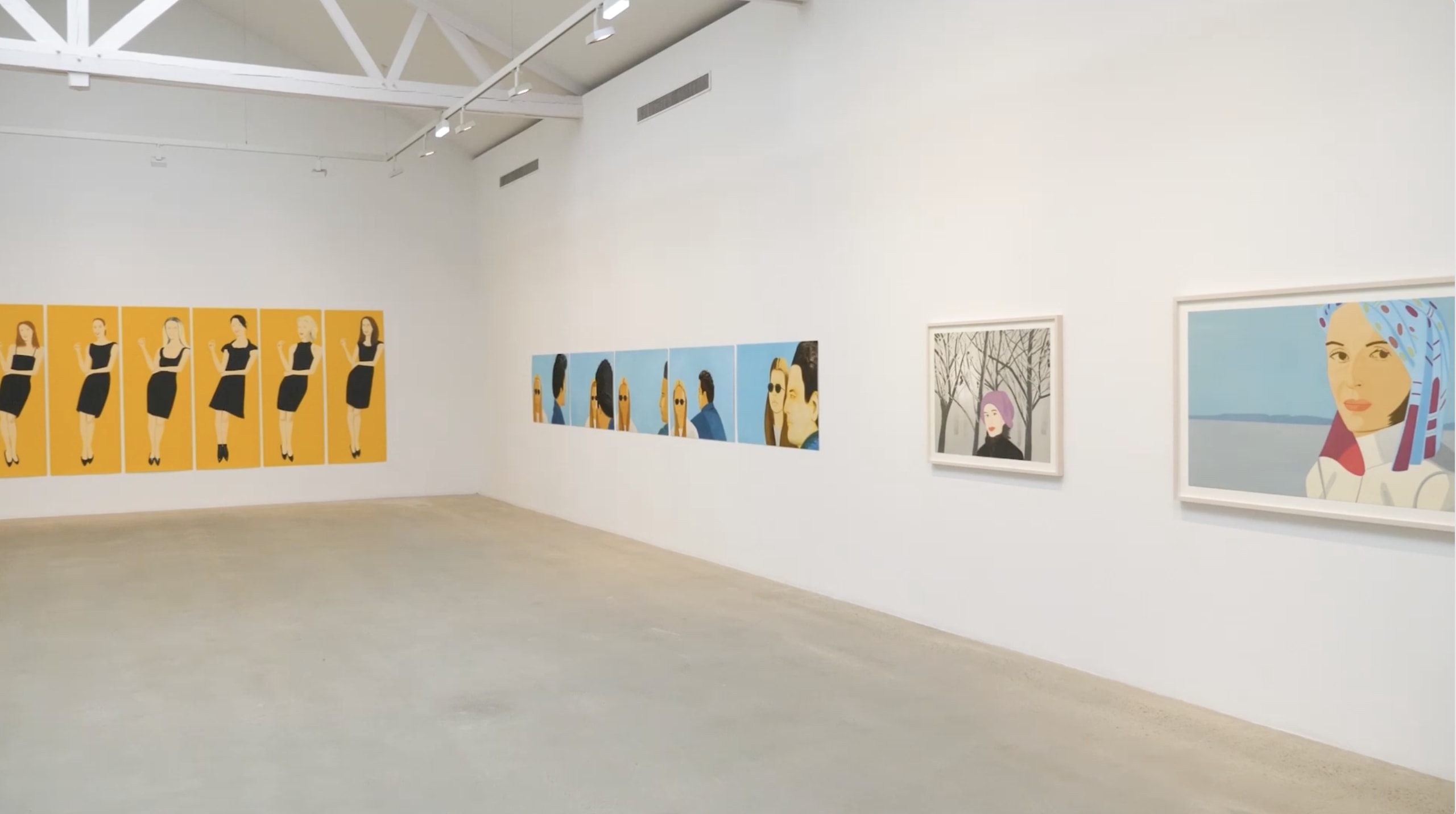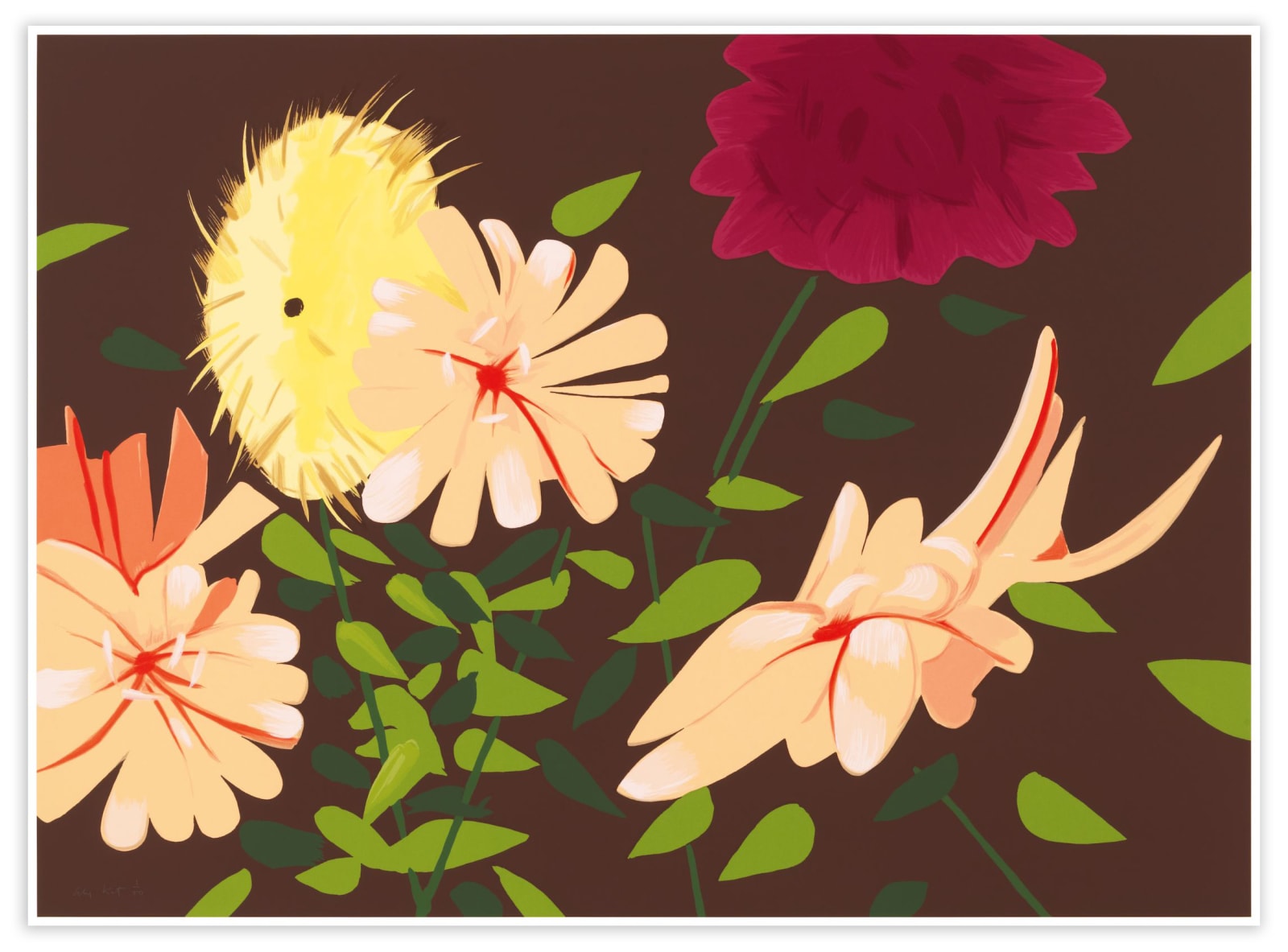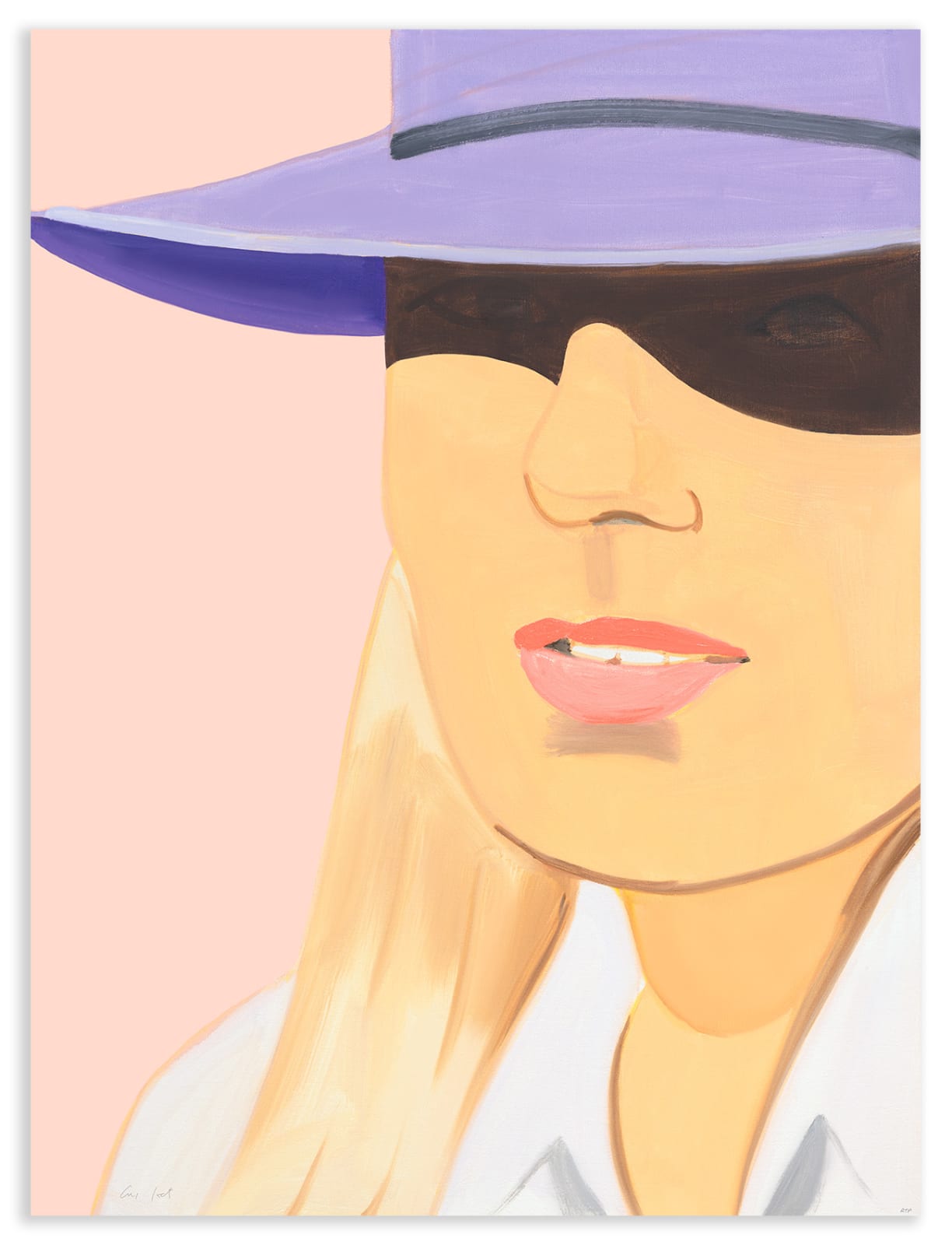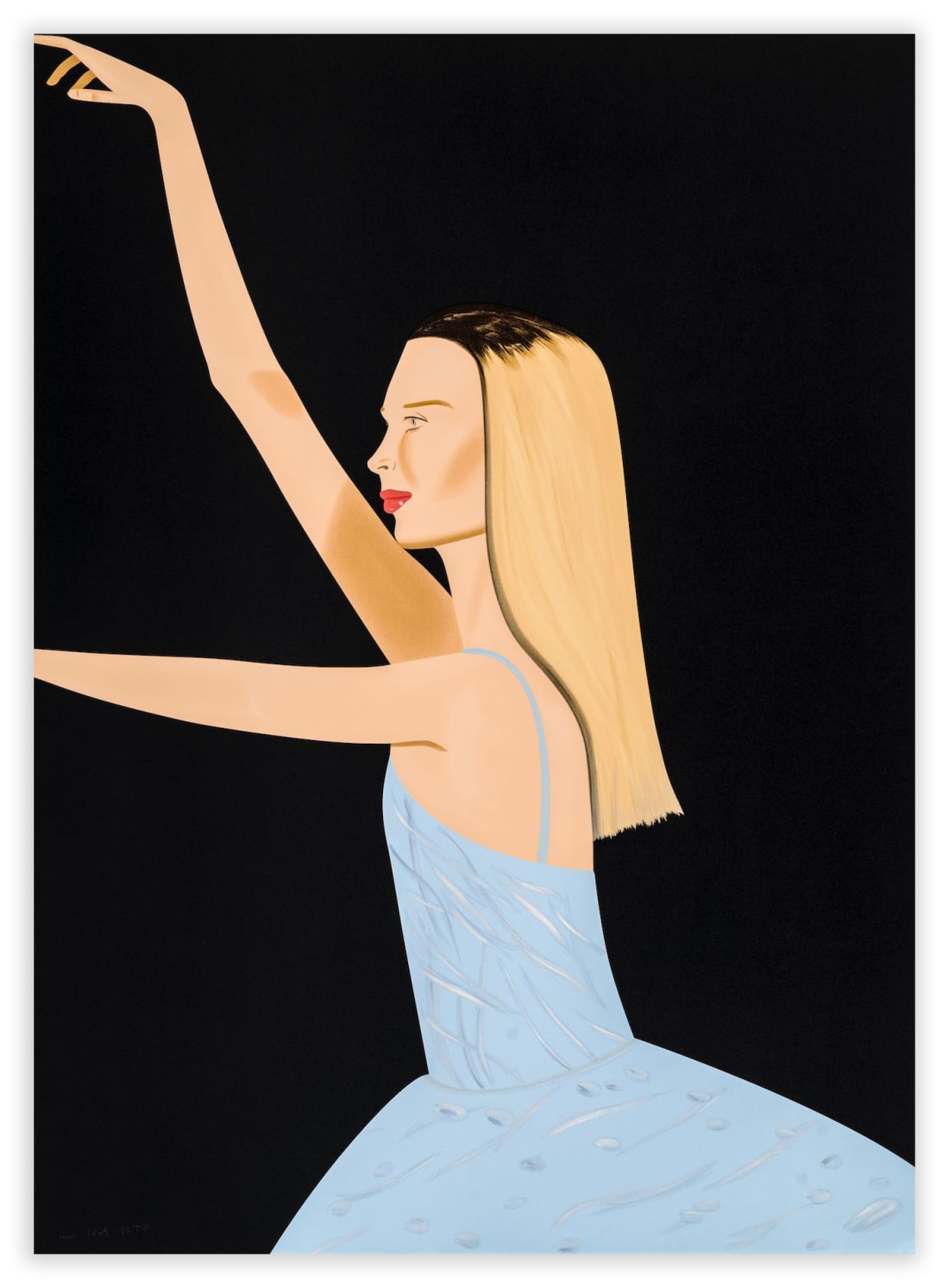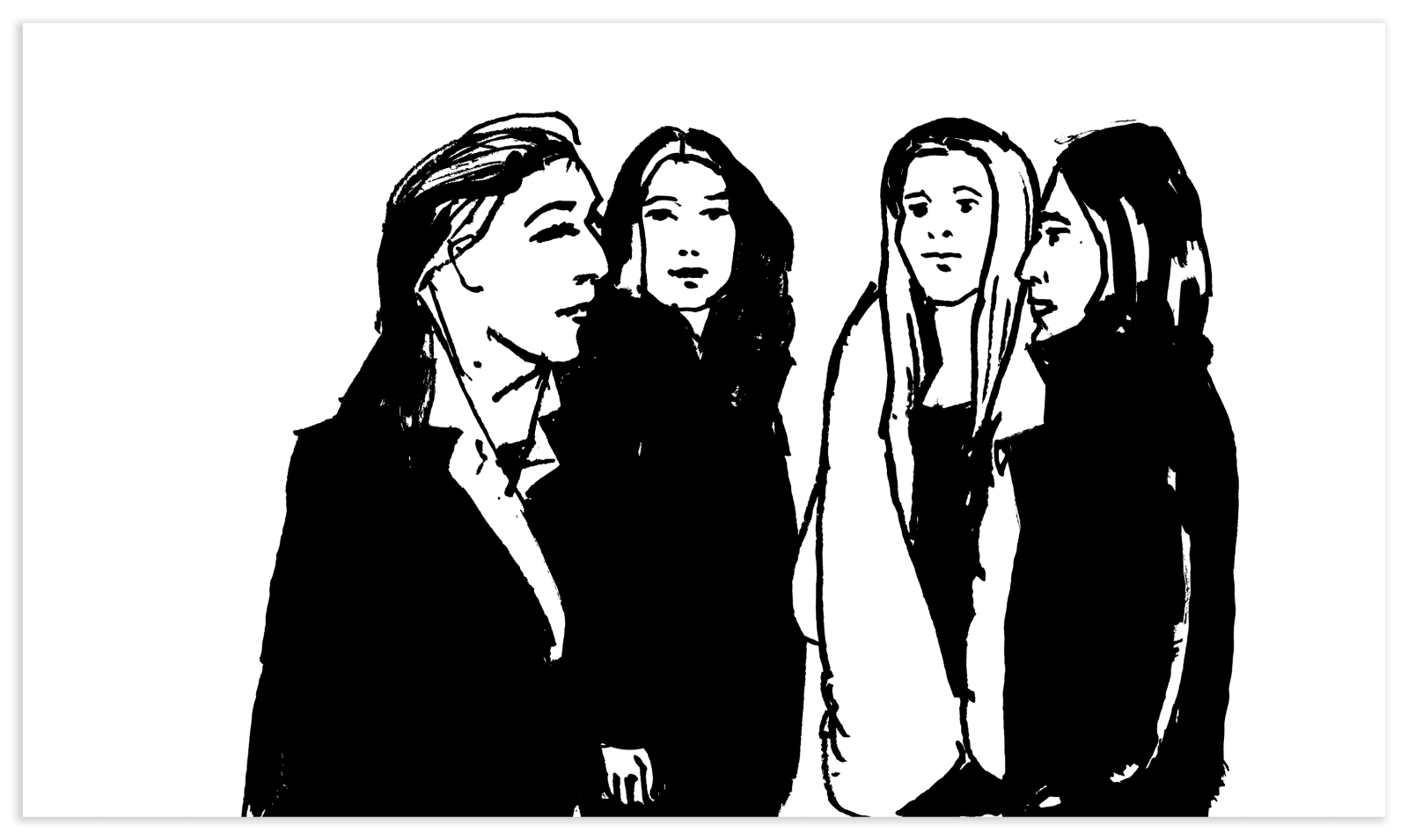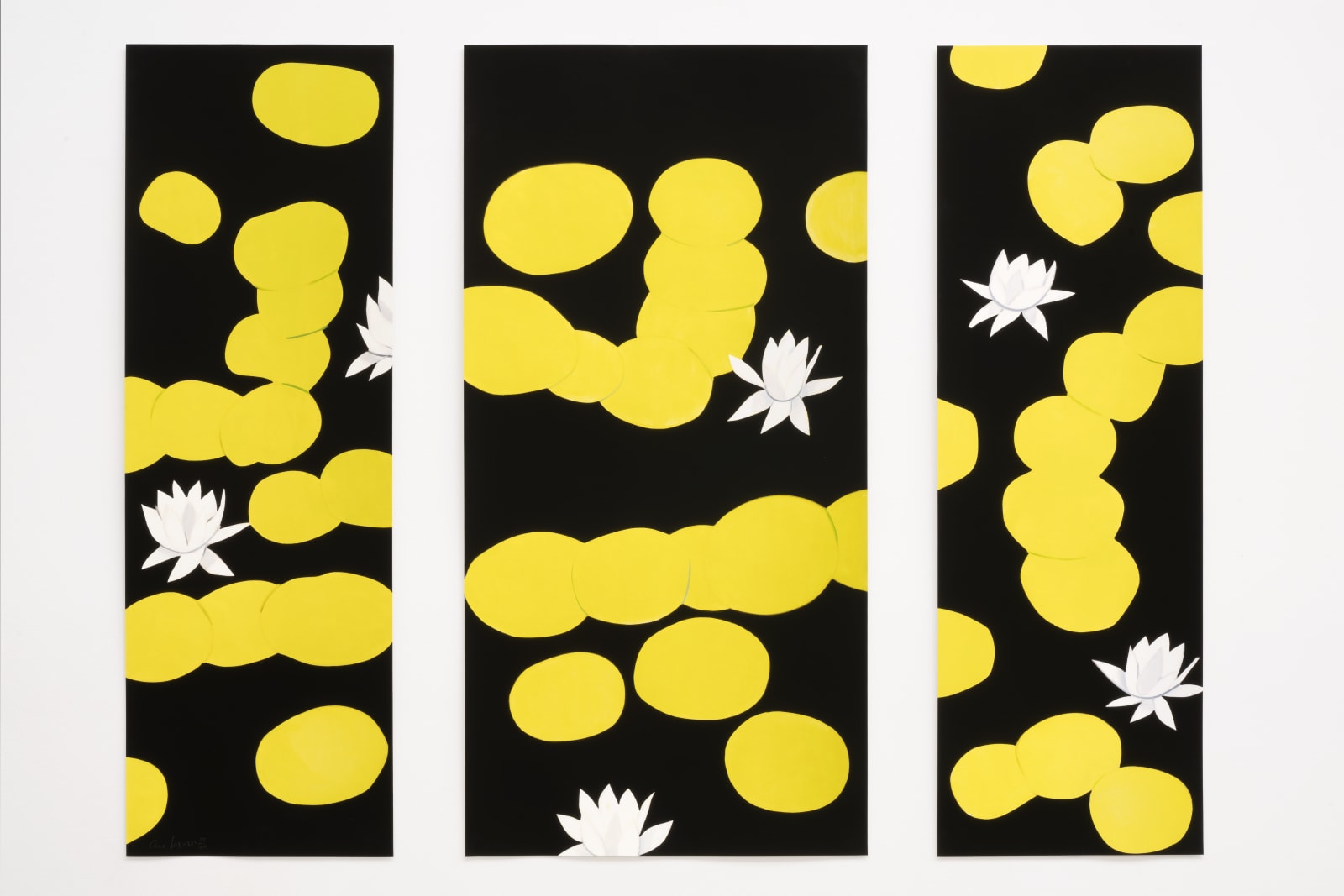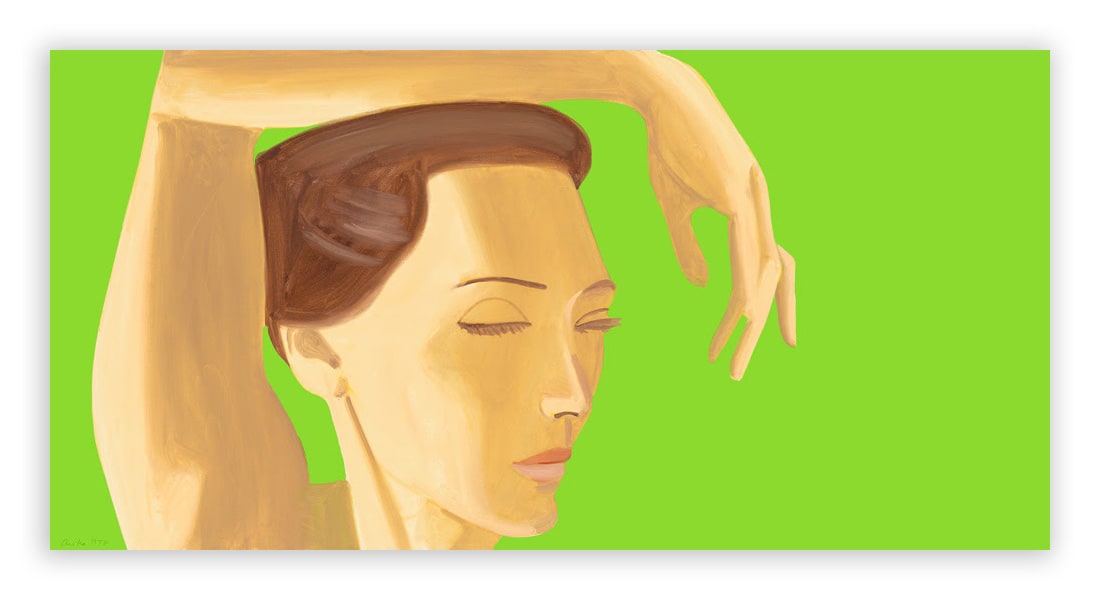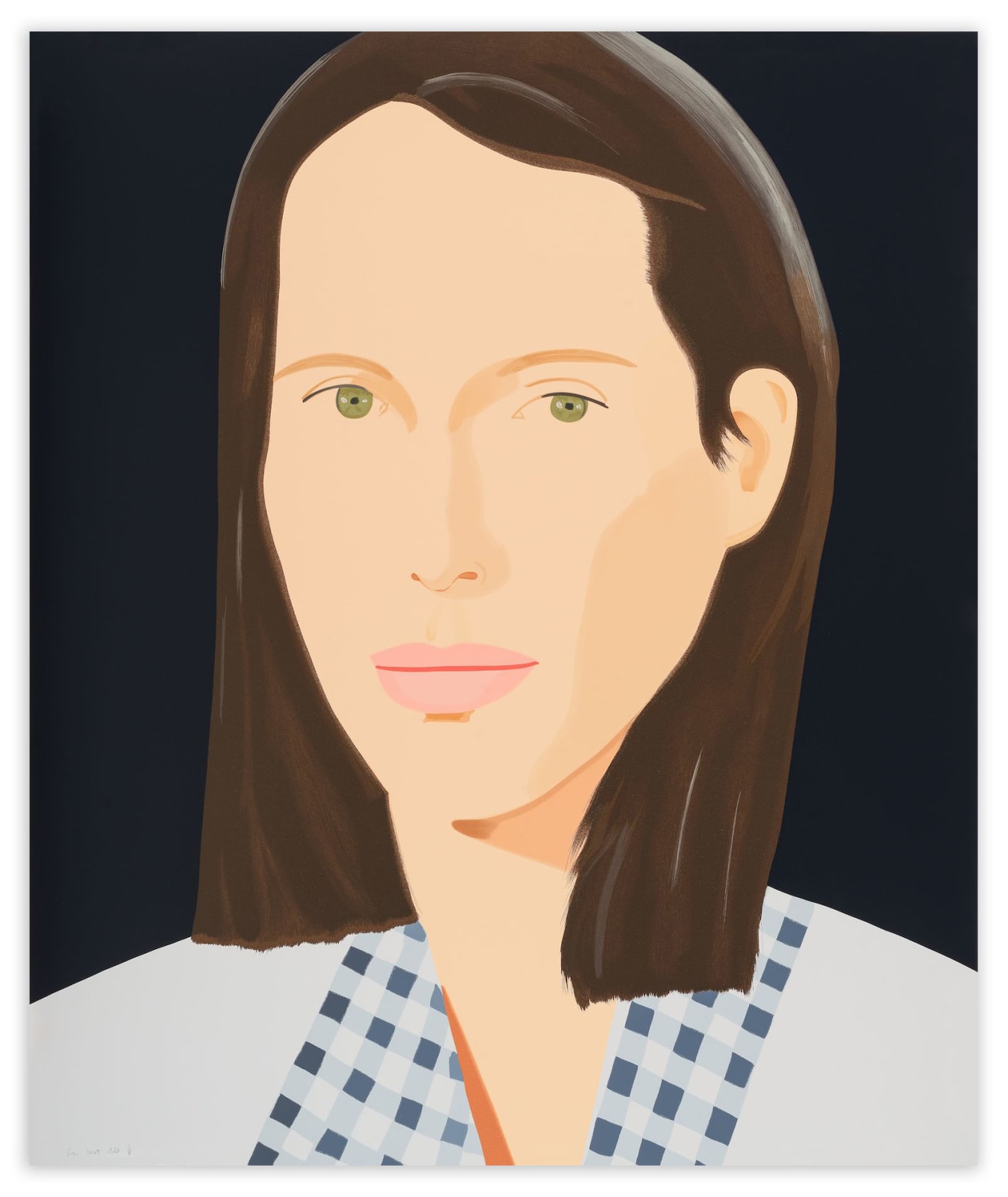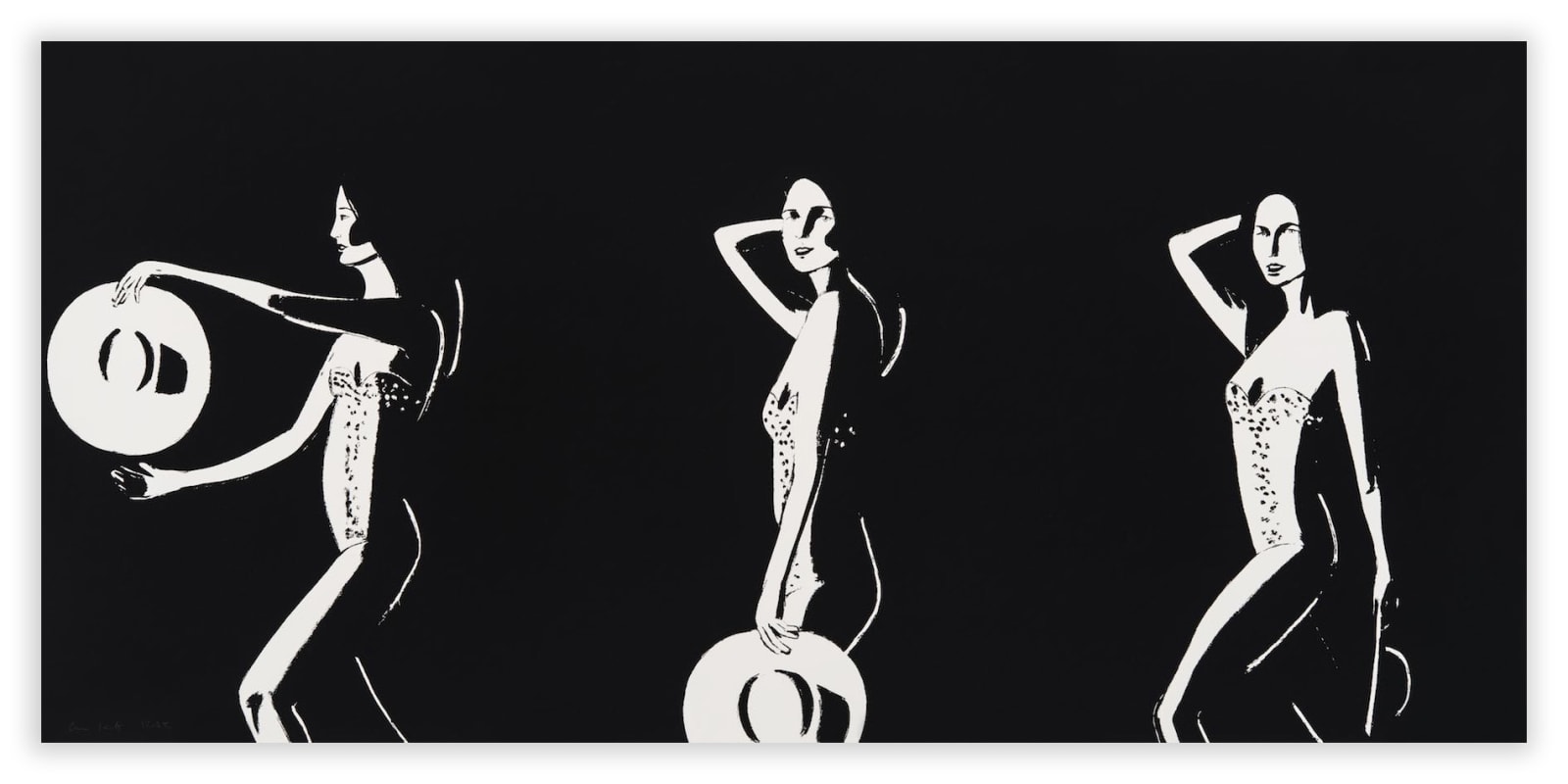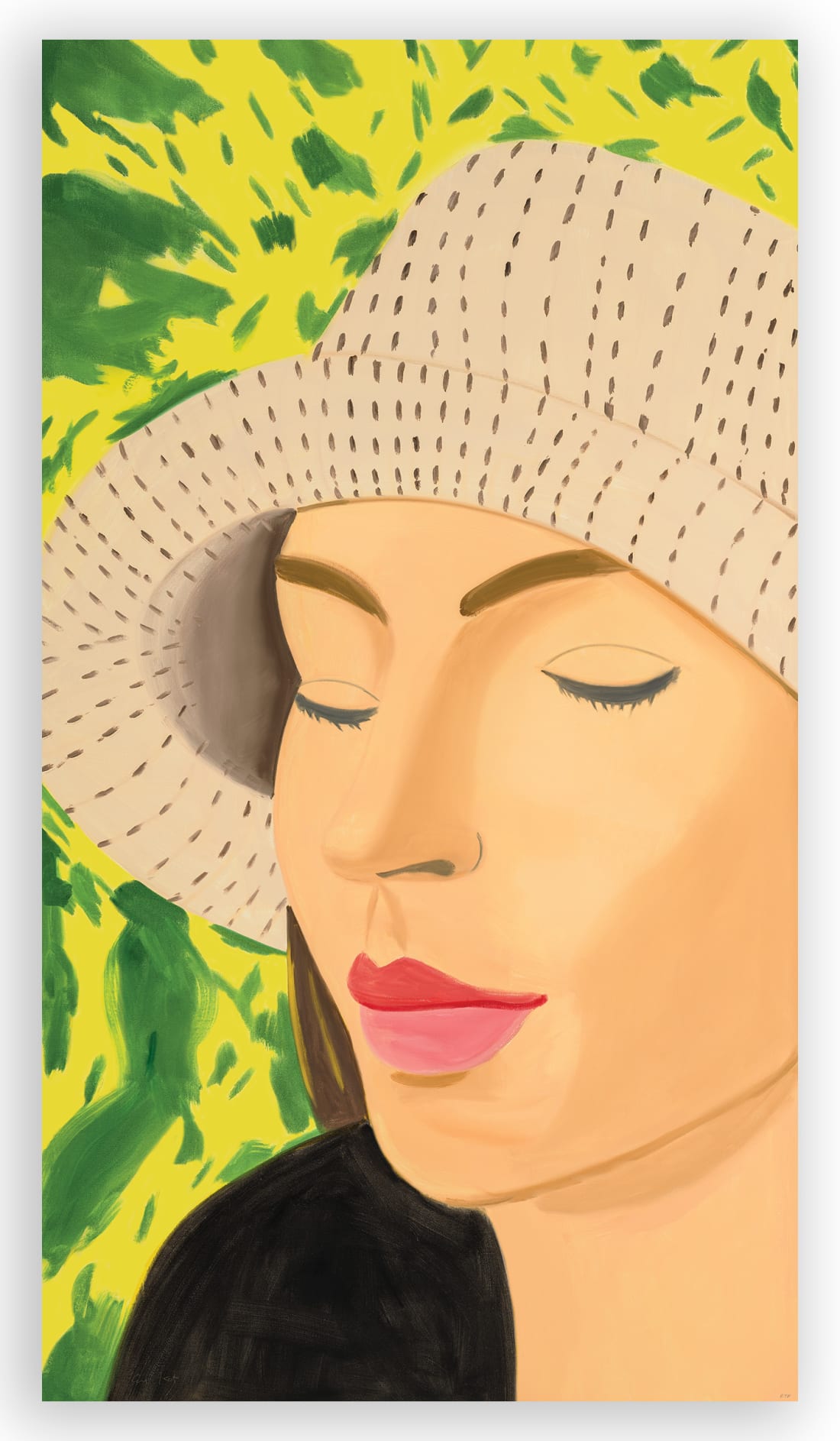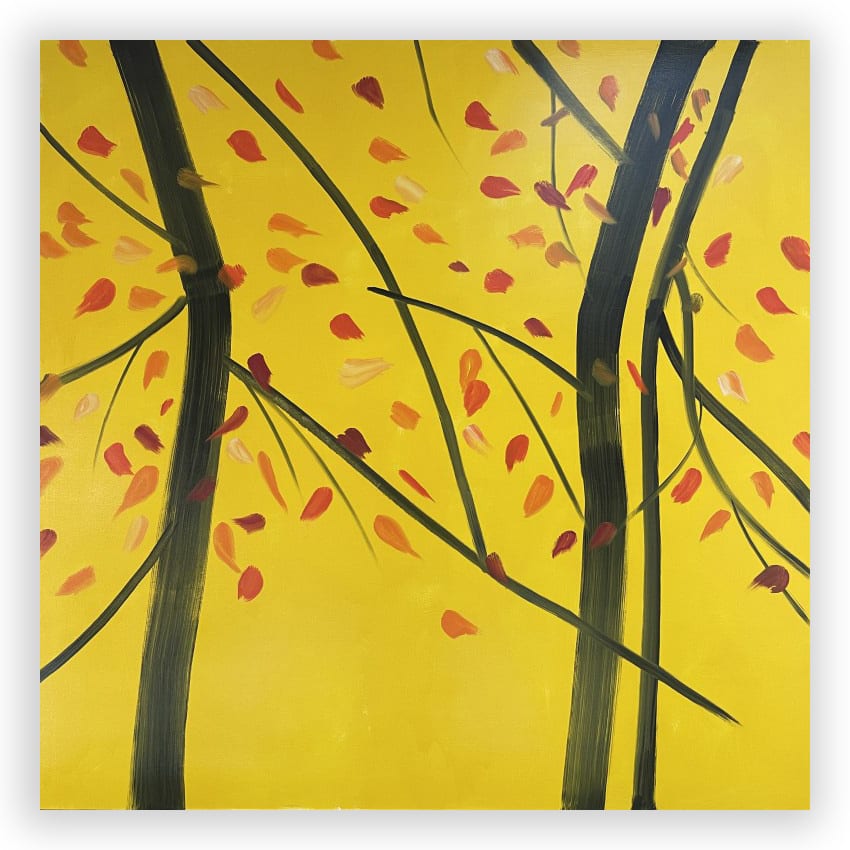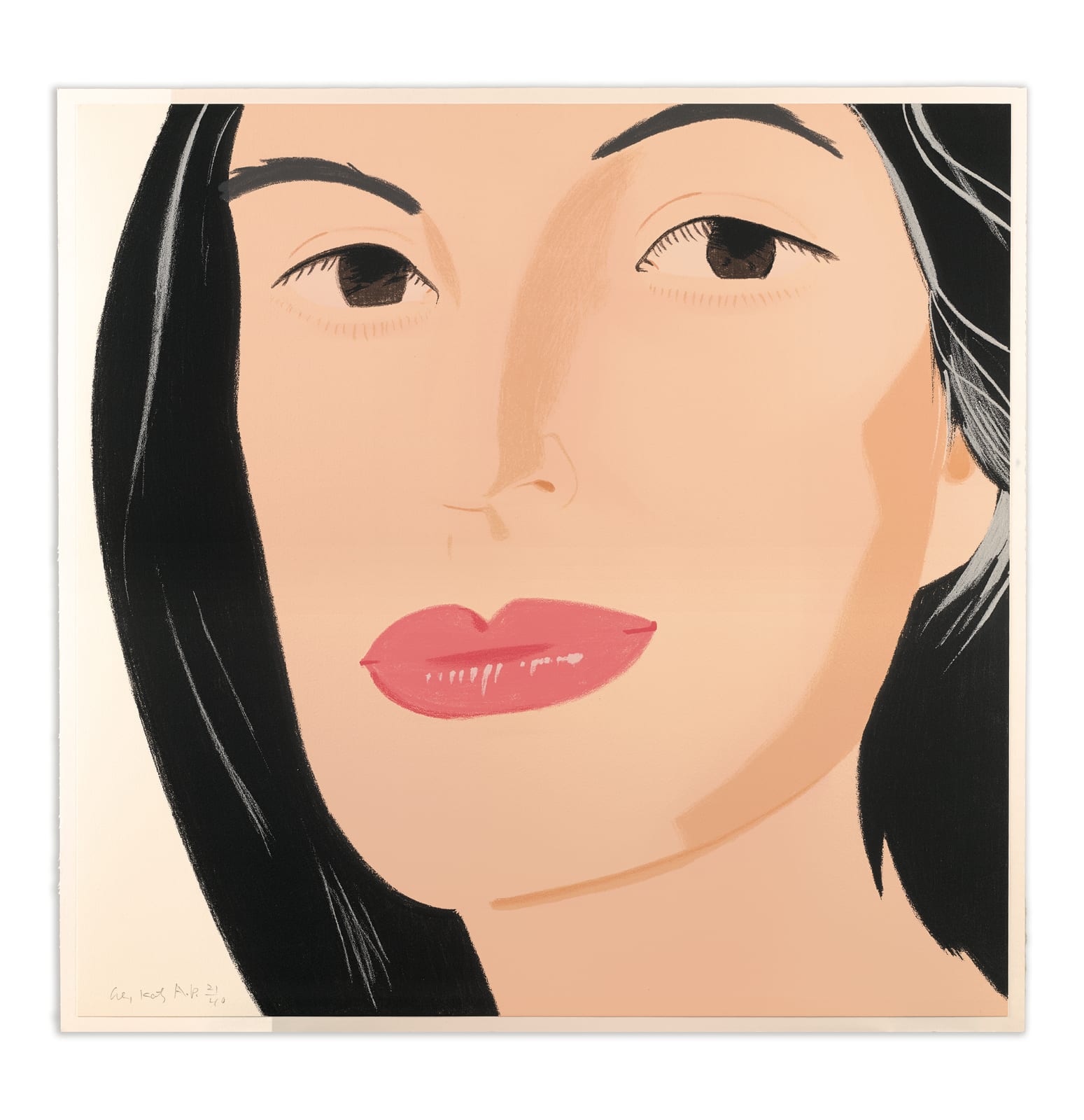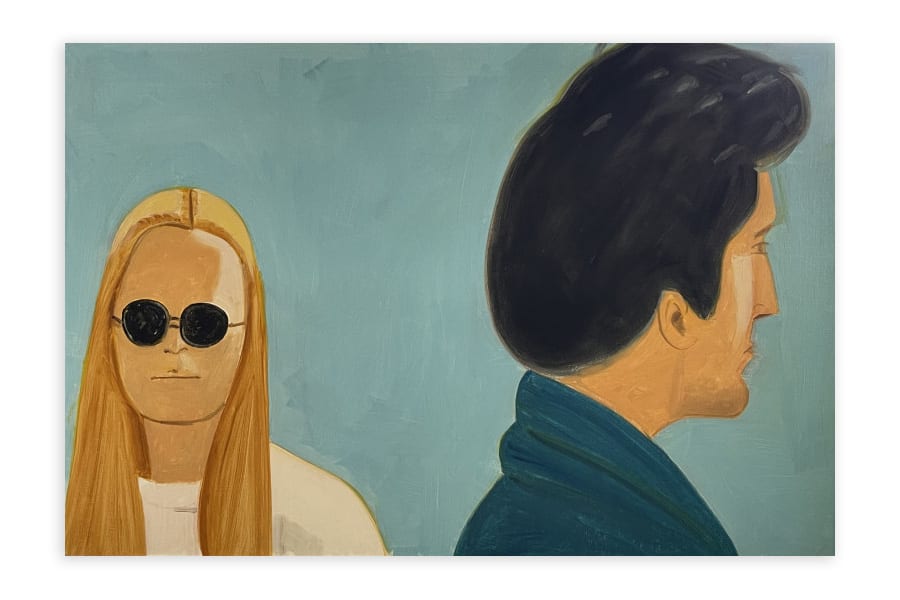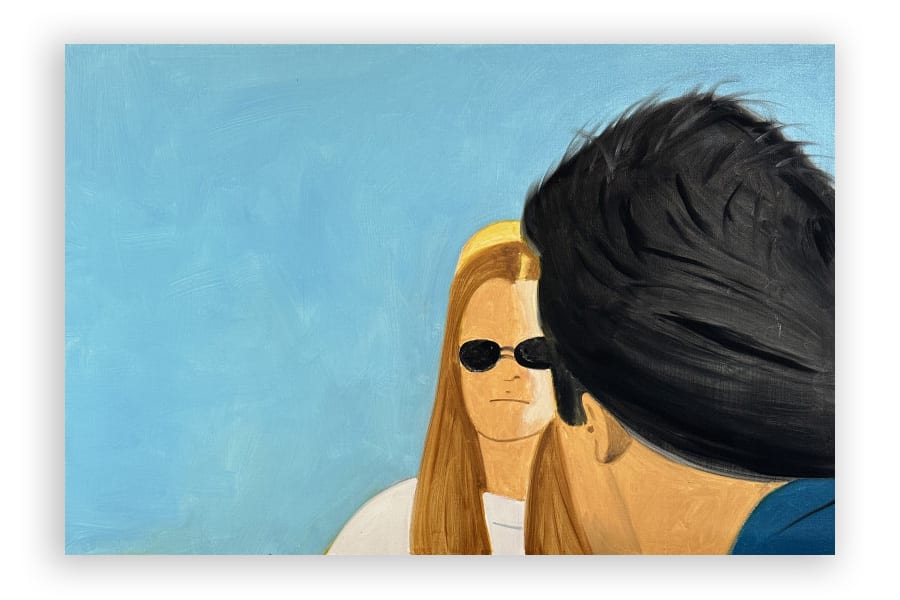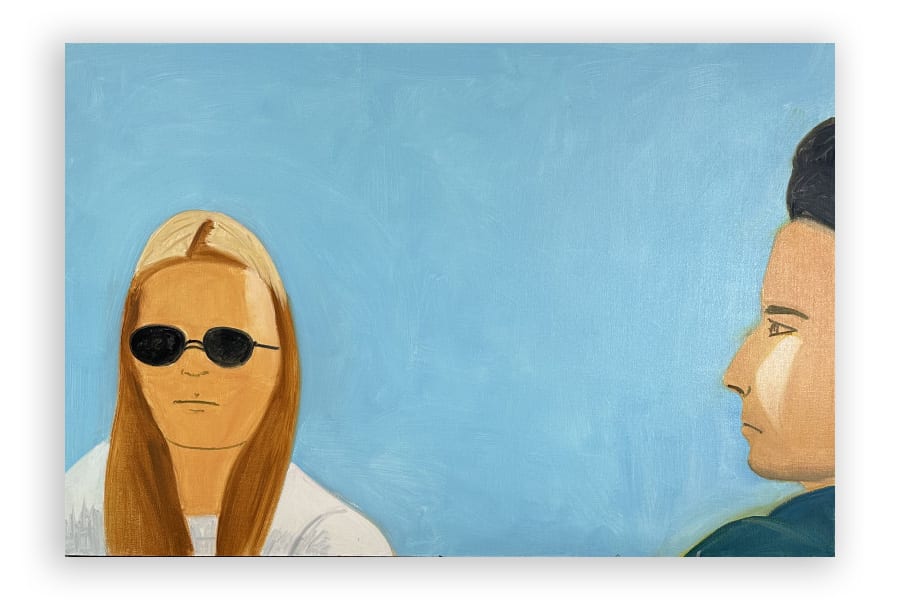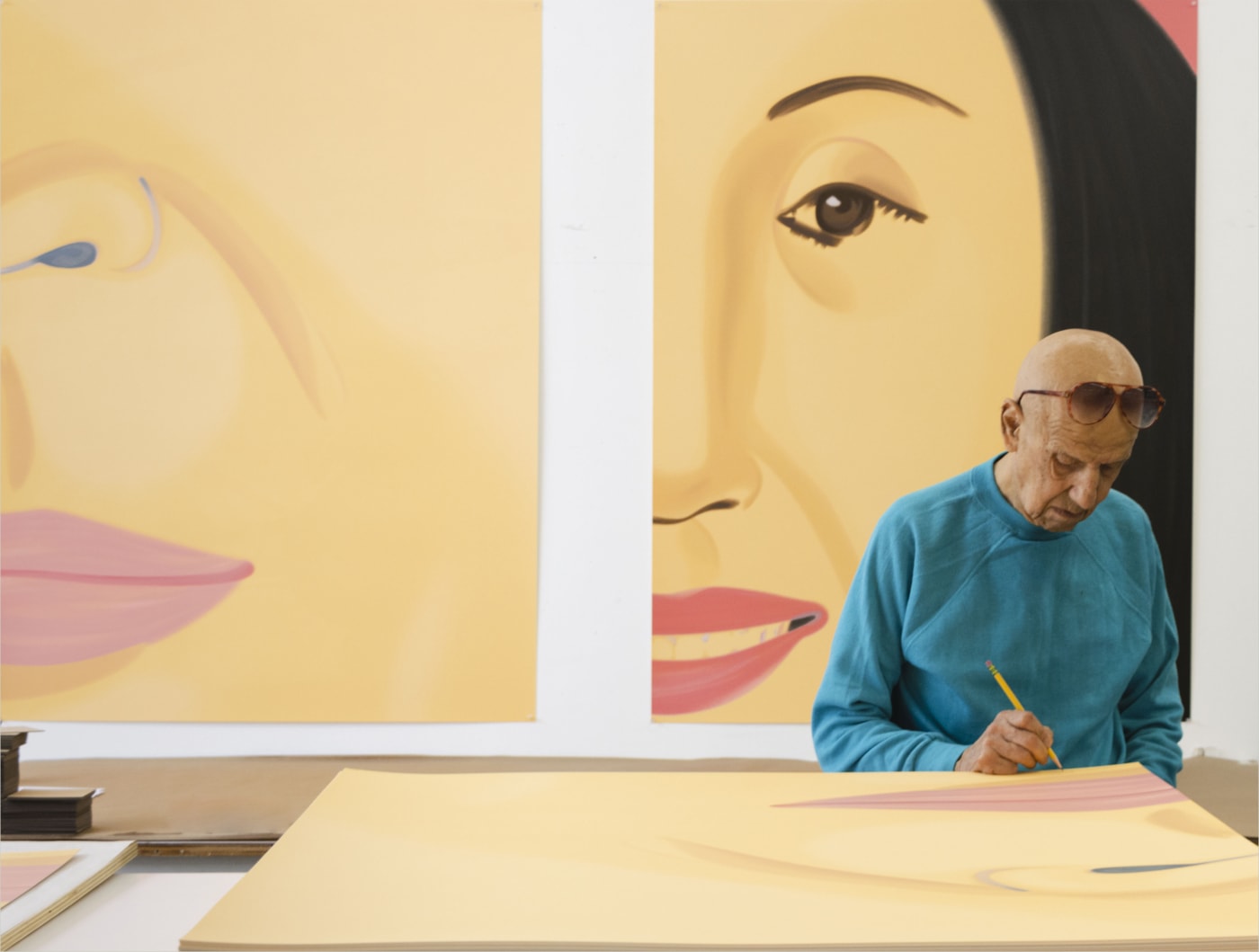With the prints, I’ve always liked doing them. It was like magic. You cut into a piece of linoleum and you get a work of art. — Alex Katz
This exhibition is the first at the gallery dedicated to Alex Katz’s printmaking practice, bringing together prints spanning 60 years of the American artist’s career. The comprehensive survey is bookended by defining early prints that shaped the development of the artist’s practice and by arresting works made within the last year that demonstrate his continuing desire to innovate more than six decades into his career.
The artist had begun experimenting sporadically with printmaking in the 1950s, making etchings, linoleum cuts and stencils, before abandoning the medium for a decade, only to return to it in the 1960s, when the Pop Art movement, to which Katz was an important precursor and contributor, was broadening definitions of artmaking to include mechanical reproduction and rendering techniques. As Katz puts it, ‘there was a place in the world for prints’.
I wanted to have a show with big prints. And I haven’t, and it’s awkward to do them, to make these large prints. But I like the idea of large prints. They’re different than a painting. And as I got older, I got more involved with the idea of classic art, which is big and impersonal. And Giotto would be the tops on that. The painting world had gone commercial, it was going to Pop Art. And I feel I was maybe the last bohemian painter. — Alex Katz
The works in the exhibition represent familiar imagery from across key facets of Katz’s practice, from cinematic portraits to leafy landscapes and closely cropped depictions of flowers in varying stages of bloom. The American painter has long drawn inspiration from the world of dance, using dancers as models to explore the immediacy of gesture and movement. This interest in dance and motion has carried through his career, and the artist has continually returned to it across mediums throughout the decades.
Since 1965, printmaking has continuously held an important place at the heart of Katz’s practice, and reveals a more collected, measured side to his artmaking. In his canvases painted from life, often en plein air, in the manner of the Impressionists, he is known for his ability to encapsulate his fleeting impression of a scene through quick, syncopated brushwork and a wet-on-wet technique, where the entire composition must be finished before the first layer has time to dry. The process of making a print, on the other hand, requires more intention and calculation, making for compositions that the artist describes as more ‘stabilised’ than his paintings. As such, printmaking has often served, for the artist, as a means to develop, refine and reflect on the motifs in his paintings.
There has always been something cinematic about Katz’s work. His crops and close-ups borrow from the dynamics of montage to emulate dramatic camera framings. ‘I loved movies’, Katz writes in his autobiography. ‘I loved the way the wide-angle screen was used, the way the rectangle was broken up.’ Katz has always defined himself as a painter of ‘the immediate present’. His portraits, like his landscapes, capture a moment, not as an exact likeness, but in terms of its single, irreproducible essence.
Over the course of the artist’s career, printmaking has served as a springboard for encountering new technical challenges and, by confronting them, achieving new results. His early experiments in silkscreening, which harnessed the medium’s predisposition to a crisp articulation of forms through two-dimensional expanses of single colours, influenced Katz’s use of planes of flat colour atop monochrome backgrounds in his paintings, which have become characteristic of his style.
When I do people, they’re supposed to be a specific person, and that’s where it separates from Picasso and Matisse. They use a more generalized form. But then since they are symbols, they shift. It becomes Ada, then it becomes ‘beautiful girl’. And then it becomes something else. With all of it, it’s symbols. — Alex Katz
Ranging from Katz’s evocative early landscapes to his recent monumental portraits rendered in striking monochrome, the exhibition gives visitors an unprecedented retrospective view on the artist’s printing practice. 60 Years of Printmaking coincides with an exhibition of Katz’s recent paintings at the Fondazione Giorgio Cini, Venice, as well as a solo presentation of four of his monumental paintings at the Museum of Modern Art, New York.
